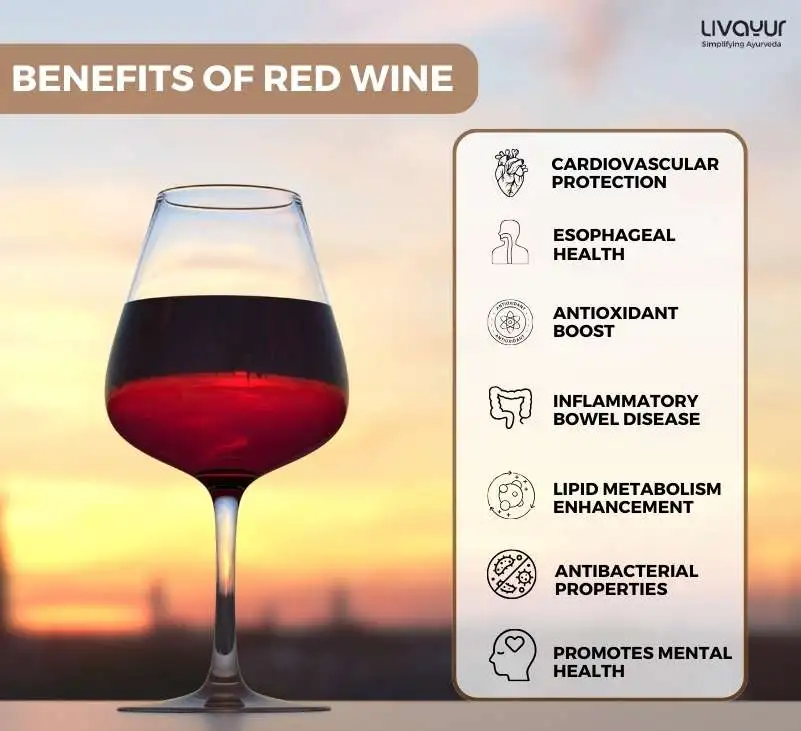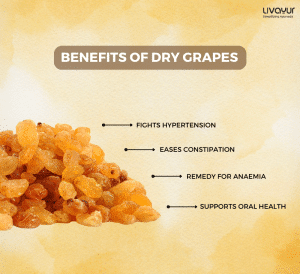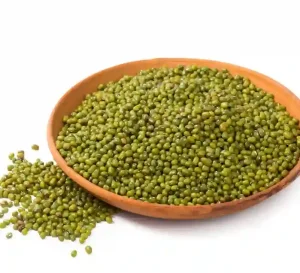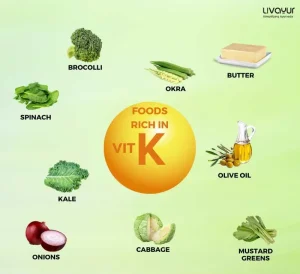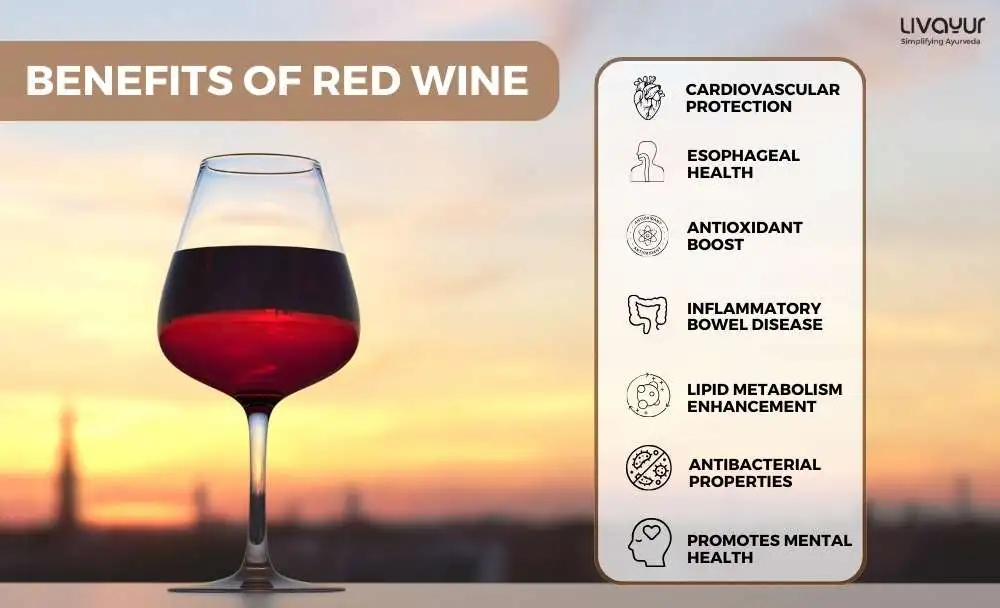
Have you ever indulged in the luxury that red wine offers to your palate? Red wine is one of the few beverages that have captured the intrigue and admiration of connoisseurs. Beyond its alluring bouquet and rich palate, red wine boasts a lineage steeped in tradition and a history that spans centuries. However, there’s more to this crimson drink than meets the eye and palate. Emerging from the vineyards and wineries are scientific revelations that have uncovered numerous health benefits of moderate red wine consumption.
In this article, we’ll walk you through the various red wine benefits. But, before that, you need to understand what red wine is.
What is red wine?
Red wine is a distinguished member of the revered world of wines. It is a captivating elixir crafted from the red fruit of the Vitis vinifera grapevine. [2] Besides its enchanting ruby hue, it has intricate flavors and aromas that unfold with each sip. The process begins with meticulously selecting grapes, which are then crushed and left in contact with their skins to extract the vibrant pigments and tannins.
Fermentation converts the grape’s sugars into alcohol. As the liquid matures in oak barrels or stainless-steel tanks, it develops vibrant tastes, from the boldness of dark fruits to the subtlety of earthy undertones. Red wine isn’t merely a beverage; it’s a living testament to the craftsmanship of viticulturists and winemakers, encapsulating the essence of the grape’s origin and the artistry of those who bring its transformation.
Nutritional value of red wine
A glassful of red wine equals 125 ml. The chart below shows the nutritional content of one glass of red wine.
| Nutrients | Value |
| Calories | 85 kcal |
| Carbohydrate | 3.1 g |
| Protein | 0.1 g |
| Alcohol | 12 g |
| Manganese | 0.2 mg |
Types of red wine
Red wine may be categorized into three broad categories:
Sweet red wine
This type of red wine is exceptionally sweet and is called dessert wine. Under this category, the chief red wine varieties are Shiraz, Brachetto d’ Acqui, Black Muscat, Vintage Port, and Lambrusco.
Semi-sweet red wine
This is the most popular red wine variety. This wine has medium sweetness. The chief red wine versions coming under this category are Merlot, Cabernet Sauvignon, Pinot Noir, and Zinfandel.
Dry red wine
Dry red wine may further be divided into two categories: Off-dry and very dry. Though devoid of sweetness, Off-dry red wines may still pamper the palate while the very dry counterparts, as the name suggests, are completely dry and are rarely used. The chief varieties coming under the dry red wine category are Bordeaux, Chianti, Sangiovese, Burgundy, and Cabernet Franc.
Red wine health benefits
The allure of red wine extends far beyond its irresistible flavour and elegant aroma. Here are 15 ways red wine plays a role in safeguarding our wellbeing.
1. Offers cardiovascular protection
Red wine’s positive impact on cardiovascular health is well-documented. Its cardioprotective effect and beneficial influence on coronary artery disease have garnered attention from researchers and medical professionals. [1]
2. Regulates blood sugar levels
Studies suggest that Resveratrol, a compound in red wine, can help you manage your blood sugar problem. Resveratrol effectively improves glucose utilization. Therefore, this wine is beneficial for the diabetics.[1]
3. Supports esophageal health
One of the benefits of red wine is that it can protect your esophagus. Red wine consumption has a link to reduced risk of Barrett’s esophagus, a condition that precedes oesophageal cancer. It suggests a potential preventive role in esophageal health. [1]
4. Combats Helicobacter pylori
Red wine has shown potential antibacterial activity against Helicobacter pylori, a bacterium associated with gastric ulcers and inflammation. [1]
5. Offers gastric protection
The protective effects of red wine against the ulcerogenic effect of ethanol on the gastric mucosa highlight its potential to maintain gastric health and reduce the risk of gastric cancer. [1]
6. Treats inflammatory bowel disease
Polyphenols found in red wine exhibit the potential to prevent or delay inflammatory bowel diseases, offering a glimpse into their role in intestinal health. [1]
7. Anti-carcinogenic in nature
Resveratrol, a prominent compound in red wine, has shown promise in preventing and controlling hepatocellular carcinoma, a form of liver cancer. [1]
8. Boosts the antioxidant levels
Red wine’s polyphenols act as free radical scavengers, enhancing antioxidant activities within the body and contributing to overall health. [1]
9. Helps in lipid regulation
Consumption of red wine can decrease intracellular total cholesterol and triglyceride levels, which are crucial factors in maintaining cardiovascular health. [1]
10. Allows vasodilation and curbs inflammation
Red wine’s vasodilatory, anti-inflammatory, and antioxidative effects collectively contribute to maintaining healthy blood vessels and cardiovascular function. [1]
11. Manages high cholesterol issues
Red wine emerges as an ally in cardiovascular health, demonstrating the capacity to independently improve the LDL/HDL cholesterol ratio in patients grappling with arteriosclerosis. [1]
12. Reduces inflammation
With its inherent anti-inflammatory properties, red wine presents a potential pathway to mitigating the harmful effects of chronic inflammation, a contributor to various ailments. [1]
13. Allows lipid metabolism
The intricate compounds within red wine can potentially enhance lipid metabolism, fostering a healthier balance of lipids within the body. [1]
14. Supports with its antibacterial arsenal
Red wine’s antibacterial activity adds another layer to the red wine health benefits, potentially aiding the body’s defense system against certain bacterial infections. [1]
15. Controls cancer progression
Red wine showcases promise in retarding the progression of the malignant phase. The potential effect underscores its role in supporting cancer management. [1]
How much wine should you consume per day?
Moderation is vital when it comes to red wine consumption. 1-2 drinks each day is generally considered a healthy level of consumption. [3] It concerns the potential health benefits of red wine’s antioxidants and compounds. However, personal factors like metabolism, health conditions, and individual tolerances need consideration.
How to consume red wine?
While the benefits of red wine are well-established, the art of consumption plays an equally vital role in maximizing the red wine advantages. Here are some ways to savor it.
1. Choose quality
Opt for high-quality red wines that boast rich flavors and well-balanced profiles. Investing in well-crafted wines enhances the experience and the potential health advantages.
2. Time and place
Select appropriate occasions for red wine enjoyment. Whether it’s a quiet evening at home, a celebratory event, or a social gathering, the right ambiance enhances the experience.
3. Serving temperature
Serve red wine at the appropriate temperature to fully appreciate its nuances. Lighter reds are best served slightly chilled, while fuller-bodied reds thrive at cellar temperature.
4. Aeration
Consider aerating younger red wines to allow them to breathe and release their aromas. Decanting or using aerators can enhance the wine’s flavors.
5. Glassware matters
Opt for proper wine glasses with ample bowl space for swirling and aeration. It enhances the wine’s aromas and flavors, offering a more enriching sensory experience.
6. Swirl, sniff, sip
Engage in the traditional ritual of wine appreciation. Gently swirl the wine to expose it to oxygen, inhale its aromas, and take small sips to savor its flavors slowly.
7. Pairing delicacies
Complement red wine with suitable food pairings to enhance the wine and the meal. Rich reds often pair well with hearty stews and aged cheeses.
8. Personal preferences
Embrace your taste preferences. Whether you enjoy fruity, earthy, or spicy notes, exploring various red wine styles enriches your understanding of this diverse beverage.
Side effects of red wine
1. Allergies and sensitivities: Some individuals might experience allergic reactions or sensitivities to certain compounds present in red wine, like sulfites or histamines. Pay attention to your body’s signals and seek professional guidance if needed.
2. Dehydration: Alcohol can lead to dehydration. Counterbalance this effect by drinking water alongside your red wine. Staying hydrated helps mitigate the impact of alcohol on your body.
Precautions to keep in mind about red wine
While red wine brings many potential benefits, it’s essential to approach its consumption with mindfulness and responsibility. Keeping these precautions in mind ensures your journey with red wine remains healthful.
1. Moderation, always: We cannot stress this enough – moderation is the cornerstone of responsible red wine consumption. Limiting your intake to recommended guidelines safeguards your health and helps you reap the beverage’s benefits without compromising your well-being.
2. Individual differences: Recognize that each individual’s tolerance to alcohol varies. Age, weight, metabolism, and health conditions can influence how your body processes alcohol.
3. Health conditions and medications: If you suffer from underlying health conditions, take medications, or are pregnant, it’s crucial to consult your healthcare provider before including red wine in your routine. Certain conditions and medicines might interact adversely with alcohol.
4. Avoid binge drinking: Binge drinking, even with red wine, poses serious health risks. Pacing yourself and refraining from consuming large quantities within a short period is essential for your safety.
5. Empty stomach: Consuming red wine on an empty stomach can intensify its effects. Enjoy it alongside a balanced meal to moderate the absorption of alcohol.
6. Driving safety: Never drink and drive. Even a tiny amount can impair your driving abilities and pose a danger to yourself and others on the road.
7. Legal age: Abide by legal drinking age requirements in your jurisdiction. Consuming alcohol underage is illegal and can have detrimental effects on developing bodies and minds.
8. Long-term health: While moderate red wine consumption can offer potential health benefits, it’s important to remember that these benefits are achievable through various lifestyle choices, including a balanced diet and regular exercise.
9. Avoid mixing with certain substances: Mixing red wine with certain medications, recreational drugs, or other substances can have unpredictable and harmful effects. Always exercise caution and consult professionals if in doubt.
FAQs
1. What are red wine benefits on the skin?
Red wine contains antioxidants like resveratrol, flavonoids, and polyphenols that can benefit the skin. These compounds help fight free radicals, contributing to premature aging and skin damage. Red wine’s anti-inflammatory properties might also aid in soothing skin irritations. However, these benefits are primarily associated with topical application or moderate consumption.
2. What are red wine soap benefits?
Red wine soap harnesses the antioxidants and polyphenols found in red wine to nourish and protect the skin potentially. These compounds can contribute to skin health by combating oxidative stress and supporting cellular repair. Red wine soap might help maintain skin elasticity and provide a gentle cleansing experience. As with any skincare product, the effectiveness can change depending on the formulation and individual skin type.
3. Can red wine be used for cooking?
One of the red wine uses is its application in cooking. The acidity of red wine can allow the delicate food ingredients to stay moist and tender. From luxurious desserts to rich stews and amazing sauces, red wine is used to enhance the flavor and taste of the dishes.
4. Is red wine an alcohol?
Yes, red wine is an alcohol. Dark red grapes are used to make red wine. The grape pulp is made to undergo fermentation, which converts red wine into alcohol.
5. What is the best time to drink wine?
The best time to drink wine is subjective and can depend on personal preferences and circumstances. Some enjoy wine with meals to complement flavors, while others prefer it during relaxation or social gatherings. From a health perspective, consuming wine with food can help slow alcohol absorption and reduce its potential adverse effects.
Conclusion
The intricate world of red wine is alluring. From its rich history to the emerging insights of modern science, we’ve uncovered the 15 proven benefits of red wine. They serve as a reminder that red wine symbolizes celebration and is a potential catalyst for holistic well-being. With each sip, you can unlock the potential red wine benefits for your health. However, embracing the delicate balance between mindful consumption and wellness is crucial.
Disclaimer
This article is written from a health and wellness perspective only and is not a piece of medical advice. Kindly seek the help of a certified medical practitioner before initiating any treatment.




